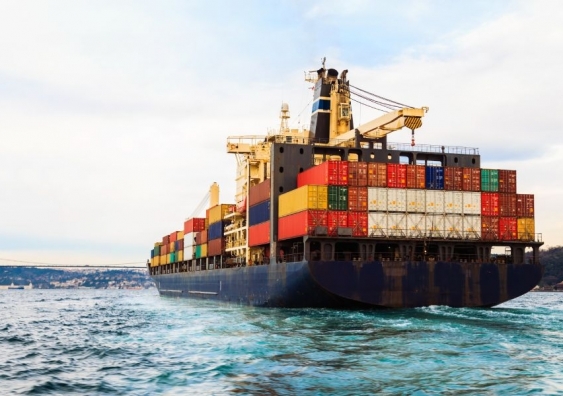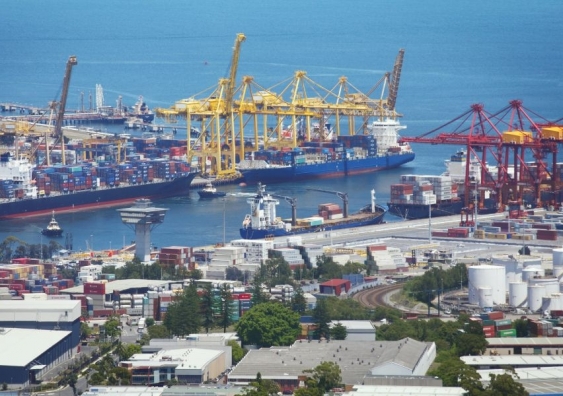Australian port reform has failed miserably: here's how to fix it
Australians are being left in the lurch with a higher cost of goods at the checkout after the failed privatisation of Australia’s major container ports increased supply chain costs, says a UNSW Business School expert.



